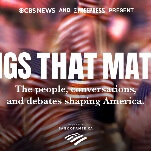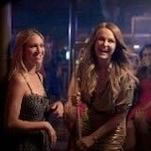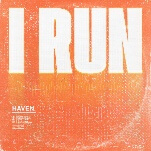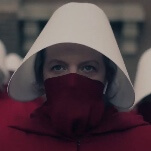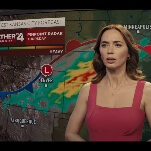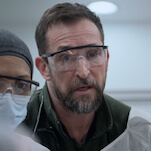The Creep Tapes is a killer expansion of a found-footage franchise
Mark Duplass’ gnarly murderer makes his way to the small screen.
Photo: Shudder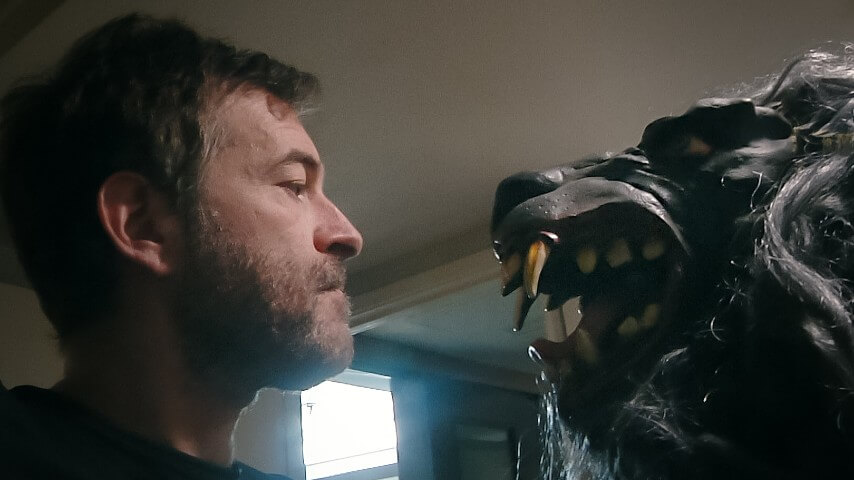
If Patrick Brice and Mark Duplass’ Creep must be a franchise, then The Creep Tapes is the optimum playground for it. Honestly, it feels like their found-footage horror series was preordained to be an anthology, given the finale of 2015’s Creep, where it was revealed that its serial killer lead, “Peachfuzz” (Duplass), was far more prolific than viewers may have initially grokked. His murder of Adam (Brice) was just the latest in an archive of video-recorded slaughter. Had Brice and Duplass attempted to wring a movie from each name in this death gallery (they originally planned a trilogy), they’d be making Creeps from here to doomsday.
Luckily, their horror-comedy concept (deployed with even more creative zeal in 2017’s Creep 2) is tailor-made for streaming. And should the viewing numbers justify more seasons of this particular brand of weird, The Creep Tapes could prove boundless as an anthology. What’s more, the cult following that has since assembled around Creep shows it has a built-in audience, and Brice and Duplass’ elegant premise can easily sustain multiple rounds of Peachfuzz’s mirth and mayhem.
This endorsement shouldn’t suggest that The Creep Tapes is entirely without flaws. Its fourth episode, “Jeremy,” stinks, which explains why it’s stashed in the middle of the other vastly superior installments in this darkly compelling, frequently hilarious season. But it’s easy to ignore. “Jeremy” is the extreme version of Creep that all other installments (films included) threaten to morph into, a broadly sketched goof-off session where Duplass goes full ham and the frightening aspects of his conceit (co-written with Brice) wilt into nothing. Creep needs to be funny (it would be far too bleak otherwise), but it also needs to be scary. When the balance tips too far in either direction, Creep becomes neither. “Jeremy,” a quickie concerning an online “gotcha” artist (Josh Fadem) who confronts a bawdy priest (Duplass in a cassock), proves this with grating clarity.
That episode notwithstanding, Brice and Duplass are showcasing their mastery of the anthologized format here. As a subgenre, found footage can be a tricky gimmick. The immersion required to be effective demands an attentive storyteller, deft camerawork, and committed performances. There’s also a fourth-wall-breaking element at play, as the viewer should feel they’re in on what’s happening onscreen. The Creep Tapes maintains the hand-held immediacy of the films—with those obnoxiously effective jump-scares, moments where Peachfuzz lets his mask slip (on or off) while his victim carries on unaware, and other subtle forecasts of doom—which makes it feel absorbing, even transgressive, as if one has clicked too deeply into the forbidding corners of the internet. At its best, The Creep Tapes transcends its content-mill trappings and becomes something approaching a work of art.







